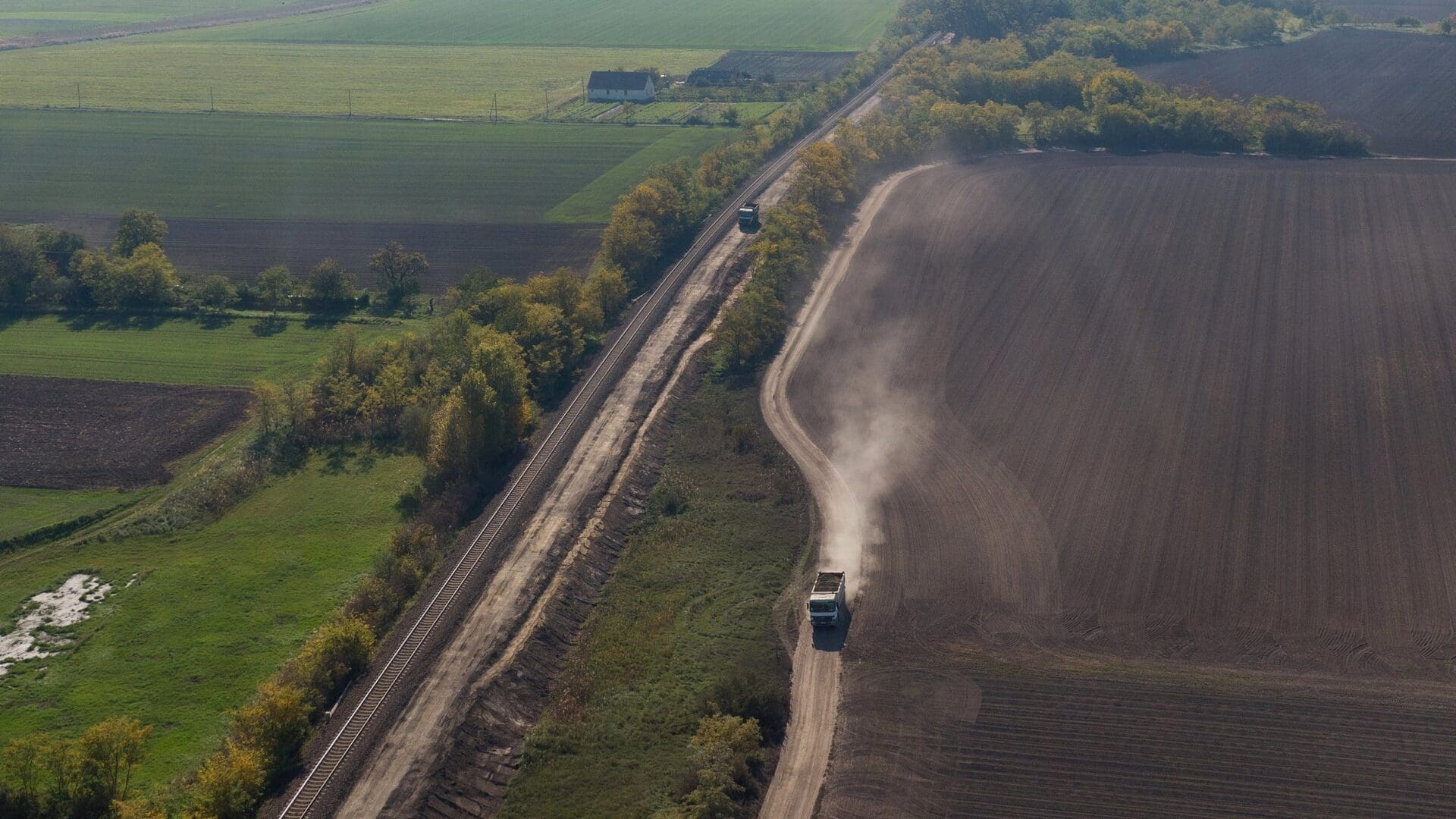The Russo-Ukrainian war has substantially reshaped transportation routes, diverting cargo from the now defunct Northern Corridor to two alternative routes. In this context, the role of the Budapest–Belgrade railway is gaining significance. Freight traffic from China to Western Europe has shifted to the Central Corridor and the Maritime Silk Road, as emphasized in an analysis by the Oeconomus Economic Research Foundation.
The paper explores how transport routes have evolved over the past two years, highlighting the entry points for imported goods into the customs union, mainly through Greek Piraeus and Romanian Constanța, leading to
Belgrade, Budapest, and Zagreb becoming key hubs for European and East Asian goods traffic.
According to EU regulations, products entering the customs union must be cleared in the first receiving country. Thus, transit revenues from the increased Balkan freight traffic is providing a significant source of additional funds for Hungary, despite a substantial portion being contributed to the EU budget.
The transformation of global supply chains has accentuated the importance of the Budapest–Belgrade railway. As a result, the Belt and Road Initiative (BRI) may become profitable not in the 979 years press reports like to quote, but in only a few years’ time. If the project lives up to expectations, it will not only prove the success of Hungary‘s Opening to the East policy and connectivity goals, but will also position Hungary as a preferable investment destination.
While the country‘s strategic location between Europe and Asia makes it a crucial link in transit trade between the two regions, the logistical infrastructure bottleneck impedes Hungary from fully exploiting this potential, necessitating a long-term conceptual solution. Although Hungary currently connects Western European and Balkan markets, enhancing freight train crossing options on the Danube—especially in Budapest—is essential. Additionally, logistical infrastructure development should include increasing warehouse capacities outside Budapest, the Oeconomus analysis emphasized.
The completion of both sections of the Budapest–Belgrade railway is expected by 2025. The original cost for the 152-kilometre Hungarian section, including interest, was two billion dollars. The remaining 200-kilometre Serbian section will cost 1.6 billion dollars to build, with its lower per kilometre cost due to certain phases only requiring renovation. Upon project completion, transportation time between the two capitals is expected to be reduced from the current eight hours to three and a half hours.
Related articles:
Sources: Hungarian Conservative/Oeconomus Economic Research Foundation







